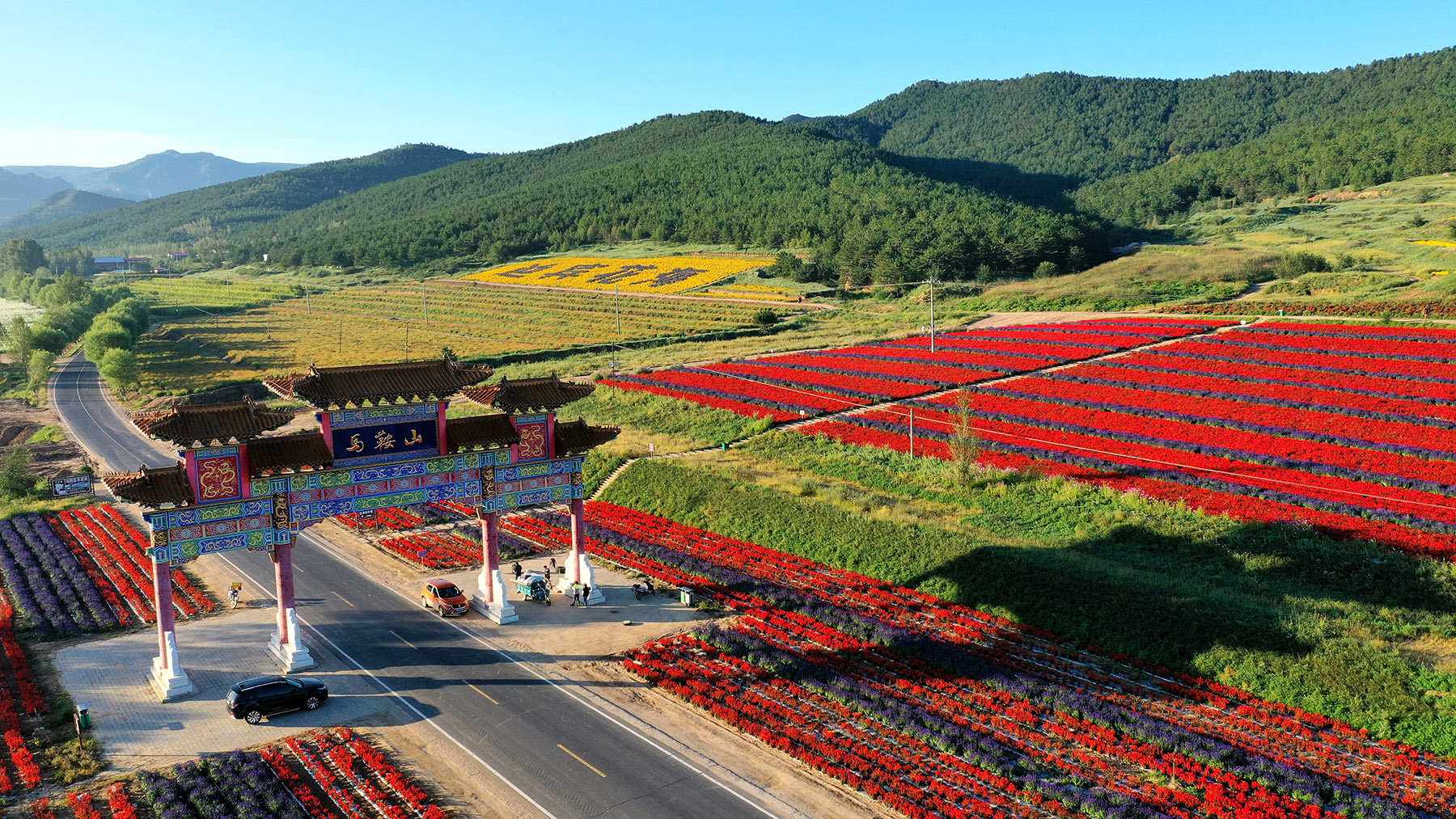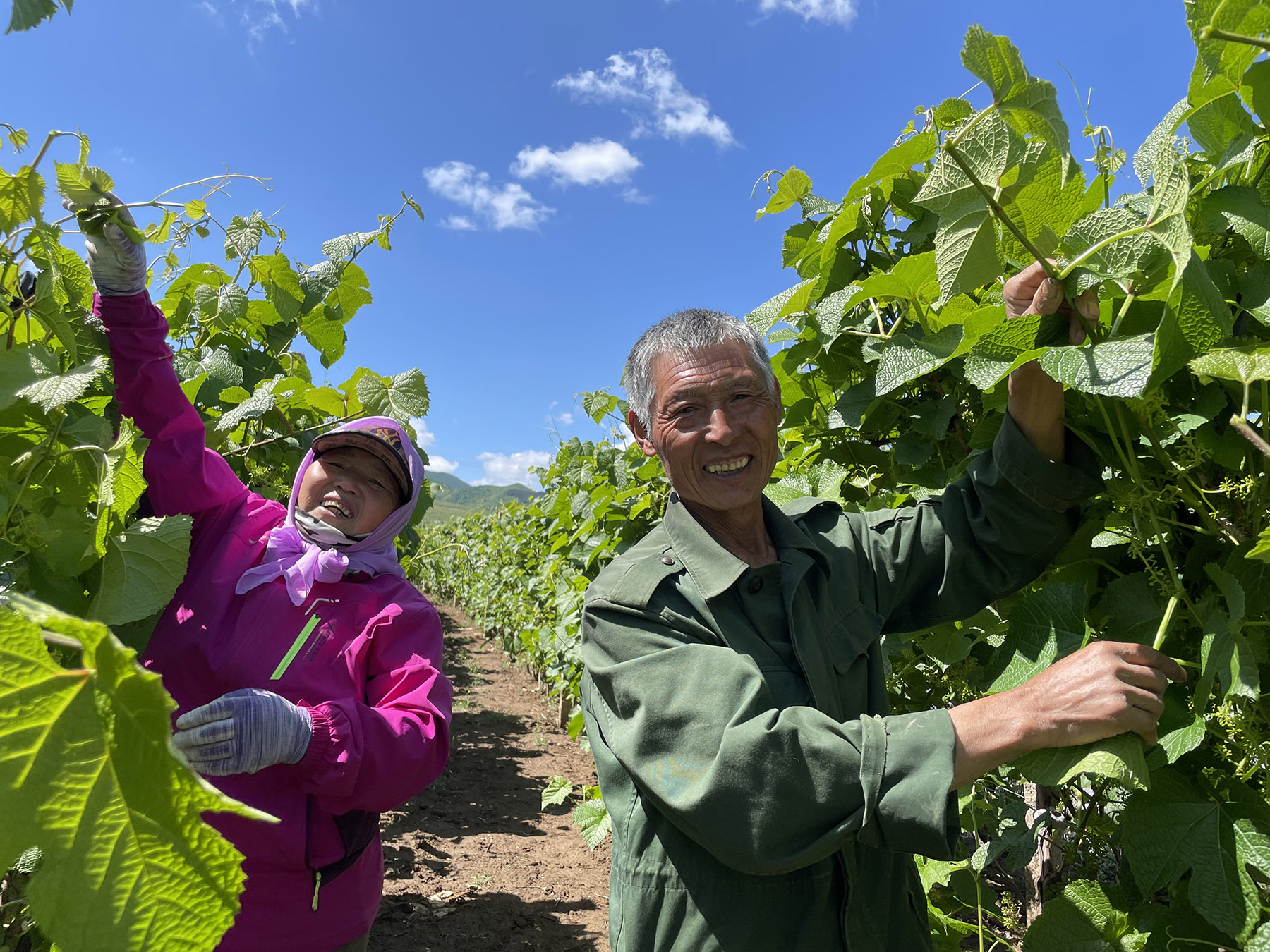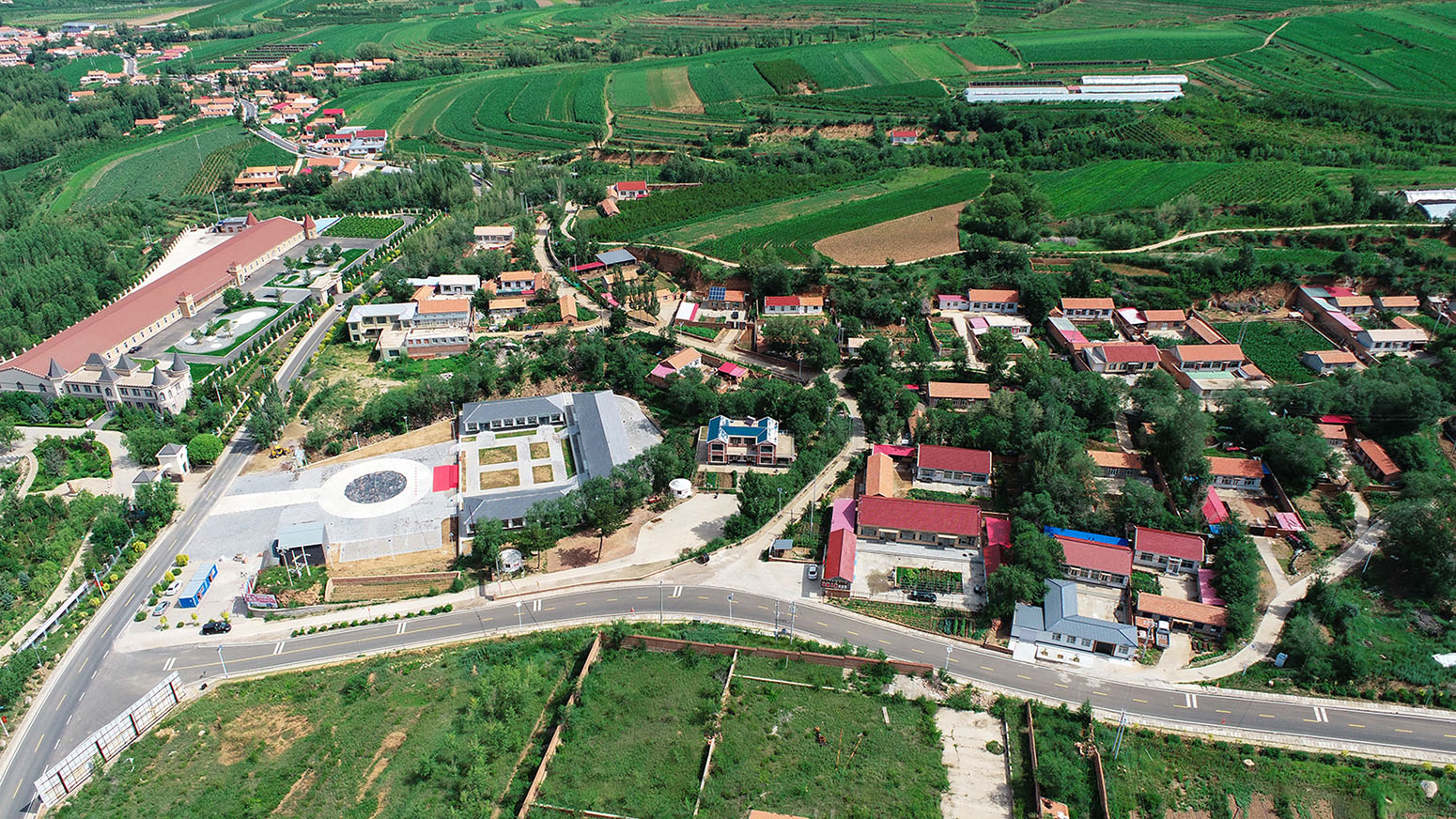Long-term program turns nation's forests into invaluable versatile assets

China's decades-long dedicated forestry management program has transformed the nation's trees from being primarily a source of timber to a multifaceted resource that can improve soil, stop the encroachment of deserts, earn income and become a focal point of tourism.
Finding prosperity through protection and conservation rather than exploitation has been the core tenet of this program.
Today, China's forests cover over a quarter of the country's landmass, with the stock surpassing 20 billion cubic meters. In northern China, the man-made forest shelterbelt acts as a green guardian, shielding the region from wind and sand while combating desertification.
The forests of the Three-North Shelterbelt Program not only create an ecological security barrier in the north but also serve as engines for green growth, fueling local industries such as forest-based agriculture and ecotourism. This vast sea of trees protects the land and sustains local livelihoods.

Barren hills to lush canopies
Named after the saddle-shaped mountains that surround it, the Ma'anshan Forest Farm in Chifeng of the Inner Mongolia autonomous region covers 10,007 hectares and boasts a forest coverage rate of 95.7 percent. Once desolate and eroded, the area has become a thriving tourist attraction and a model for under-forest economies that benefit local people.
"When I was young, these hills were bare and scarred by severe soil erosion," said Zhang Ruiwen, a 51-year-old forest ranger who has patrolled the area for over two decades. "Now it's all green and full of life — you can easily spot pheasants and squirrels."
Founded in 1962 with less than 20 percent forest coverage, the Ma'anshan Forest Farm has been transformed through the hard work of three generations of foresters. Locals, cherishing the hard-won greenery, have shifted from traditional logging to sustainable management.
"The forest farm adopts an ecological management approach that focuses on protection and conservation," said Li Ming, deputy director of the forestry and grassland bureau in Harqin Banner, where the farm is located. The area's main tree species include Chinese red pine, larch, white birch and aspen, providing ideal habitats for wildlife. The forest is home to 108 bird species and 608 types of vascular plants, Li said.
Large herds of wild boars and roe deer have been spotted at the forest farm, according to Zhang.
Since 2018, all commercial logging in the natural forest has been suspended. Forest workers, once known as "tree cutters", have become dedicated "tree protectors".

Thriving without tree-felling
The shift to a green economy has given rise to a thriving "under-forest economy". Luo Zhizhong, head of the Ma'anshan Forest Farm, said that forest clearings are now used to cultivate medicinal herbs and fungi, plants that are accustomed to growing in the shade.
"Growing crops under the forest canopy not only improves their quality but also suppresses weeds and promotes tree growth," Luo said. To ensure the healthy growth of medicinal herbs, continuous maintenance of forest land is required, he added.
"Under-forest cultivation not only reduces the accumulation of combustible materials and lowers the risk of forest fires but also prevents damage to the forest land, playing an important role in preserving regional biodiversity and maintaining ecological balance," said Luo.
Local farmers grow black fungus and medicinal herbs such as Ganoderma lucidum and astragalus. With government guidance, the Ma'anshan mountain has become a demonstration area for forest-based cultivation.
The harvested herbs are sold at nearby markets specializing in traditional Chinese and Mongolian medicines, where demand is strong and prices are high. The government of Harqin Banner offers subsidies of 6,000 yuan ($844) per hectare for herb cultivation and 45,000 yuan per hectare for fungi cultivation — encouraging more residents to join the under-forest industry.
High-value-added crops and smooth sales channels have made the under-forest industry attractive to local villagers. "Residents came to take part when they saw the benefits of the under-forest economy," Luo said, adding that residents participate mainly through land transfer arrangements with the forest farm providing technology and land.

Liu Yongzhi, a local farmer, is among those who have embraced the change. "In the past, guarding the forest only meant protecting it. Now, we can also make money from it," he said.
Compared with traditional farming, under-forest cultivation needs less land but delivers higher returns, Liu said, adding that each hectare of black fungus can yield a profit of around 75,000 yuan — several times higher than the income from simply guarding the forest.
Liu's annual income has risen from less than 100,000 yuan to over 150,000 yuan in just six months. Meanwhile, the forest itself has also seen positive changes.
"This area used to be overgrown with wild trees and weeds. Now it's neatly managed, and everything grows well," he said.
Forest ranger Zhang said that such cultivation benefits the forest itself. "Planting medicinal herbs and fungi makes better use of forest land and helps trees grow stronger," he said. "It's good for both the ecosystem and the economy."
The region's natural beauty has likewise fueled the growth of tourism around the forest farm. The Ma'anshan National Forest Park welcomes more than 200,000 visitors each year and supports 18 local farm-stay businesses. Revenue generated by tourism and forest products is reinvested into forest maintenance, pest control and infrastructure upgrades.
Last year, the forestry sector's total output value in Harqin Banner reached 2.28 billion yuan.
"This year, we're aiming for 2.5 billion yuan," said Li, deputy director of the local forestry and grassland bureau.

Sustainable management
In neighboring Hebei province, the Saihanba Mechanized Forest Farm, bordering the Hunshandake Sandyland on the Inner Mongolia Plateau, offers another example of how ecological restoration drives economic opportunity.
Once a barren wasteland, the Saihanba Mechanized Forest Farm is now the largest man-made forest in the world, spanning 93,000 hectares with a forest coverage rate of 82 percent. It is also an important project of the shelterbelt program in the northern region.
As a State-owned forest farm, Saihanba serves as a national pilot site for carbon sequestration projects. The forest absorbs about 860,300 metric tons of carbon dioxide and releases 598,400 tons of oxygen each year. In 2018, the forest farm completed its first carbon credit transaction at the Beijing Environment Exchange.
By the end of last year, the forest farm had accumulated 2.43 million metric tons of verified carbon sequestration, selling 357,000 tons of carbon credits and earning 14.88 million yuan — turning its "carbon stock" into a true "green bank".
The forest farm's afforestation activities provide more than 4,000 local people with nearby employment opportunities each year, benefiting over 3,200 previously impoverished people.
ALSO READ: Cameras discover secrets of Mangshan
In addition to managing fire risks and maintaining forest health, the Saihanba forest farm has utilized its ecological beauty to develop ecotourism. Nearby villages have seen a boom in rural tourism and family-run guesthouses, generating over 600 million yuan in annual income, benefiting more than 40,000 residents, and lifting 22,000 impoverished people out of poverty.
The forest farm has used its technical expertise in cultivating landscaping seedlings to help nearby villages and towns develop ecological seedling bases covering more than 293 hectares, with a total seedling value exceeding 700 million yuan.
Having witnessed remarkable improvements in his hometown, Liu, the farmer at the Ma'anshan Forest Farm, said, "In the future, I plan to take part in the forest farm's experimental projects to learn new techniques and cultivate more high-value-added products, so I can increase my family's income and make our life even better."
Zhang, the ranger, said: "I see hope in this forest. I hope every tree here grows tall, wildlife thrives, and our under-forest industry continues to flourish."
Contact the writers at lishangyi@chinadaily.com.cn


